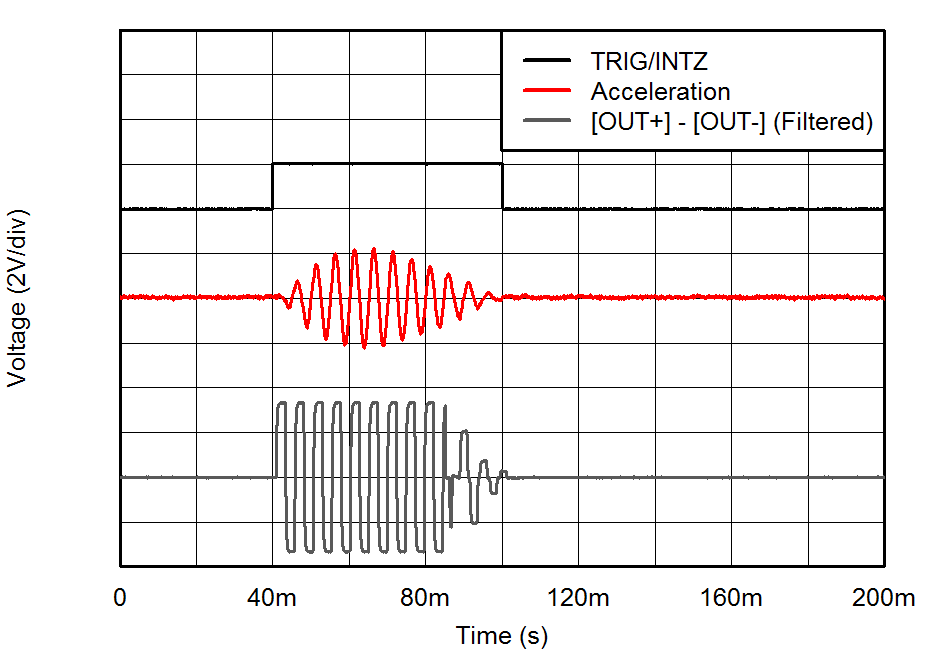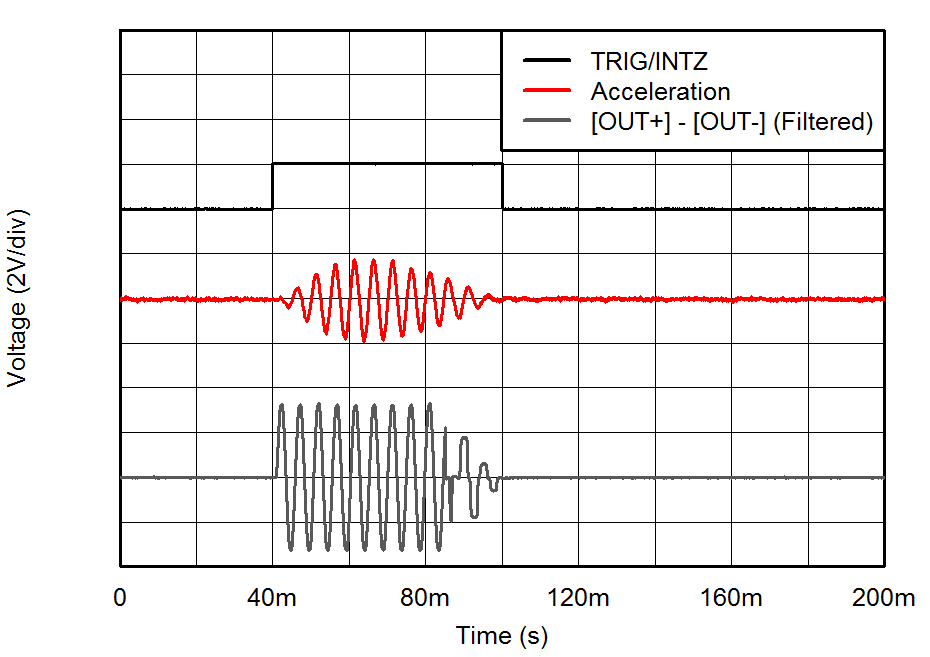SSZTB08 August 2016 DRV2624 , DRV2625

As integrated electronics begin to peak, the haptics industry is still in an early age of development. Many people interact with electronics and never think about the feedback transferred from the virtual world of electronics to their tactile senses. We tend to interact more often with electronics through sound. But this interaction is changing, and people want more discreet notifications over distracting ring tones. The vibrate setting on phones or wearable devices enables haptic feedback, but not all haptic feedback is the same.
To provide the most realistic experience, the haptic team at TI created an innovative generation of integrated haptic drivers including the DRV262x family. I will use the DRV2624 and DRV2625 devices as examples when explaining the features you should focus on when selecting your own haptic device. To provide the most realistic feedback using eccentric rotating masses (ERMs) or linear resonance actuators (LRAs), you will need a device that implements advanced haptic effects.
Overdrive, Auto-braking, and Sine and Square Outputs
Overdrive and auto-braking significantly improve the haptic experience. For those unfamiliar with these terms, overdrive overcomes the initial inertia required to quickly start an actuator by applying a voltage beyond the rated voltage but limited to a certain “overdrive clamp” voltage. Auto-braking reverses the phase or applies a negative drive voltage to an actuator while monitoring the back electromotive force (EMF) to quickly stop the motor.
When choosing a device, a designer of a mobile application would be interested in sharp braking using open-loop operation. Sharp braking would allow a designer to provide crisp feedback. The DRV262x family enables closed-loop auto-braking out of open-loop mode. This means if you decided to use the open-loop functionality, but still wanted fast braking, devices like the DRV2625 and DRV2624 enable quick braking by detecting a “stop bit” – switching to closed-loop mode quickly and implementing the auto-braking feature.
The newest generation of haptic drivers can switch between sine- and square-wave outputs in open-loop operation. Sometimes actuators respond better to either sine-wave outputs or square-wave outputs over other types of drive signals. You can test both types of signals on the actuator and select the most effective output, an examples is shown in Figure 1 and Figure 2. Flexibility is a key component of selecting a good haptic driver.
 Figure 1 Example Square-wave
Output
Figure 1 Example Square-wave
Output Figure 2 Example Sine-wave
Output
Figure 2 Example Sine-wave
OutputOne-wire Interface
Developers often have to decide between implementing parts based on the number of pins available on their microcontroller unit (MCU). This is why we provide solutions based on one wire. There are two ways to implement the scheme. The first involves tying the NRST and TRIG pins together. Driving both of these pins high at the same time will almost instantly start an LRA (within 1ms). Likewise, pulling both pins low will put the part into shutdown. The second implementation ties the NRST, TRIG and VDD pins together, keeping in mind that the general purpose input/output (GPIO) you use will have to be able to supply the necessary current for operation. Pulling all three lines high at the same time will turn the DRV2624 or DRV2625 haptic driver on and start a haptic effect in less than 2ms. This allows you to implement a world-class haptic driver with a single GPIO.
Solution Size
All of these features sound great, but the chip must be large to integrate all of these features, right? Wrong! All of these advanced features are squeezed into one of the smallest packages of any haptic driver on the market. Both the DRV2624 and DRV2625 packages have a total surface area is 2.04mm2, which enables implementation into the mobile space as well as wearable devices.
These first five features are only a few of the recent advancements made in haptic drivers. Next week, I will discuss the final three things you should consider when making your haptic selection. In the meantime, log in and subscribe to Analog Wire to receive alerts through sound or vibration, your choice, when my colleagues and I post a blog. You’ll want to know when part two of this series posts.
Additional Resources
- Visit the haptic portal for more information.
- Read more blog posts on haptics.
- Learn more about haptics in automotive, industrial, mobile and other applications from TI’s solution guides.